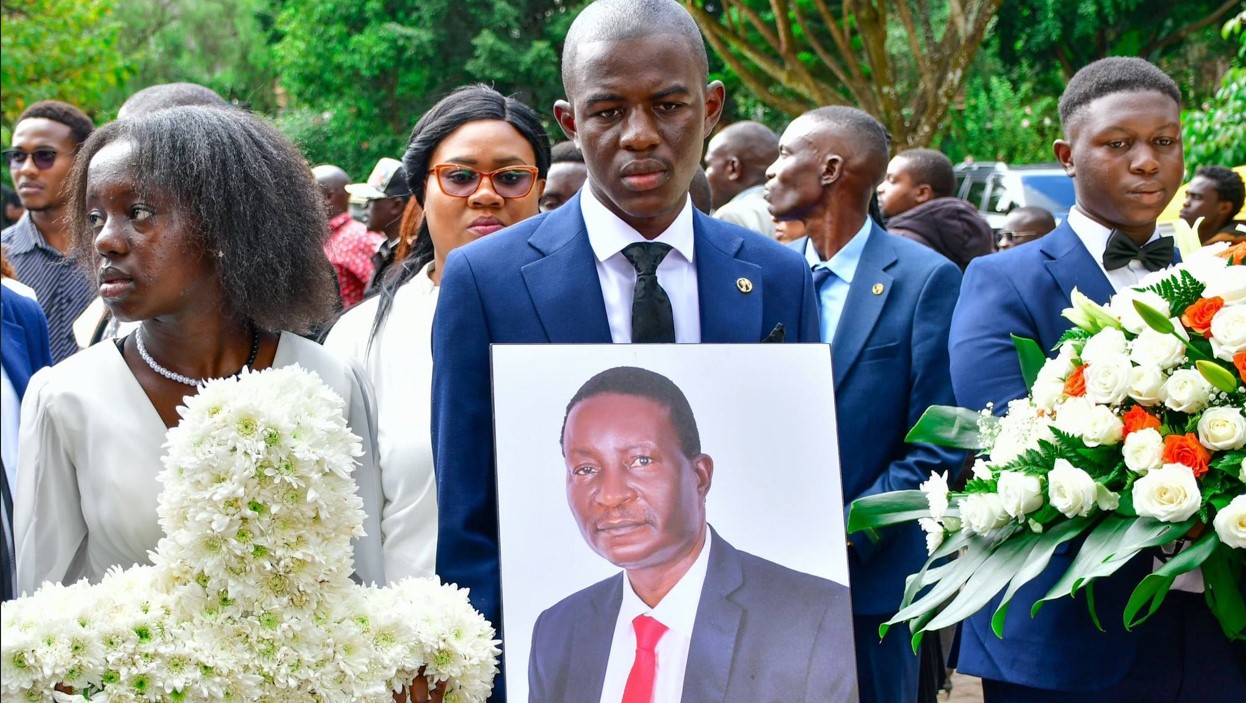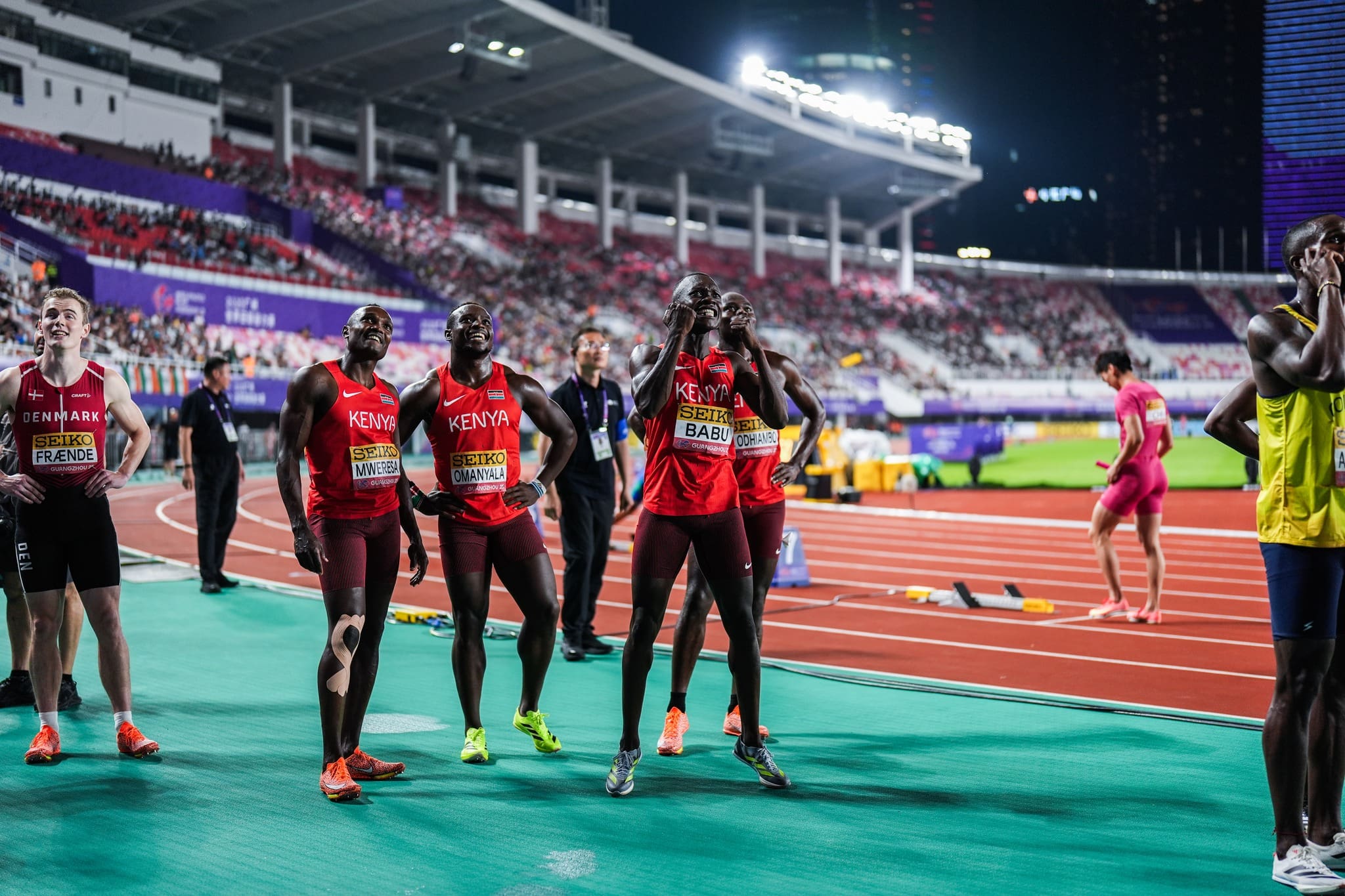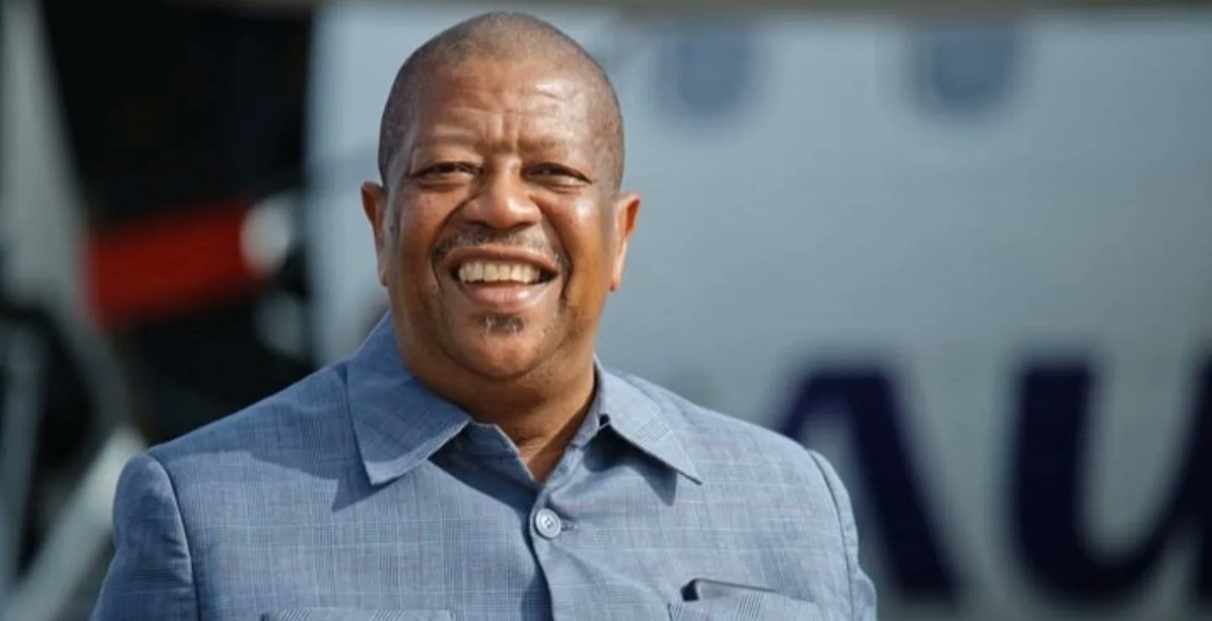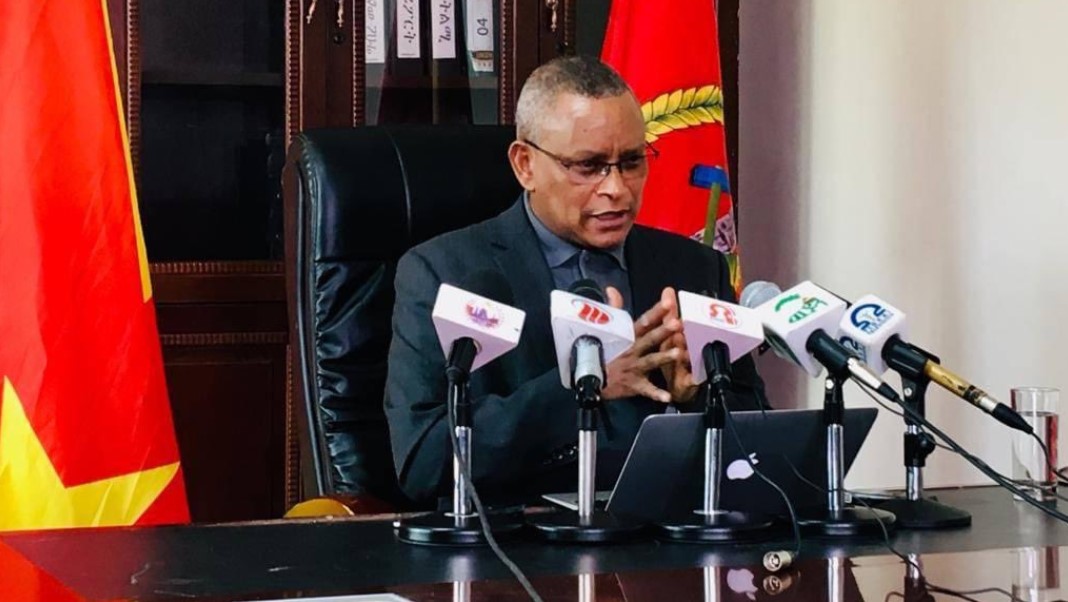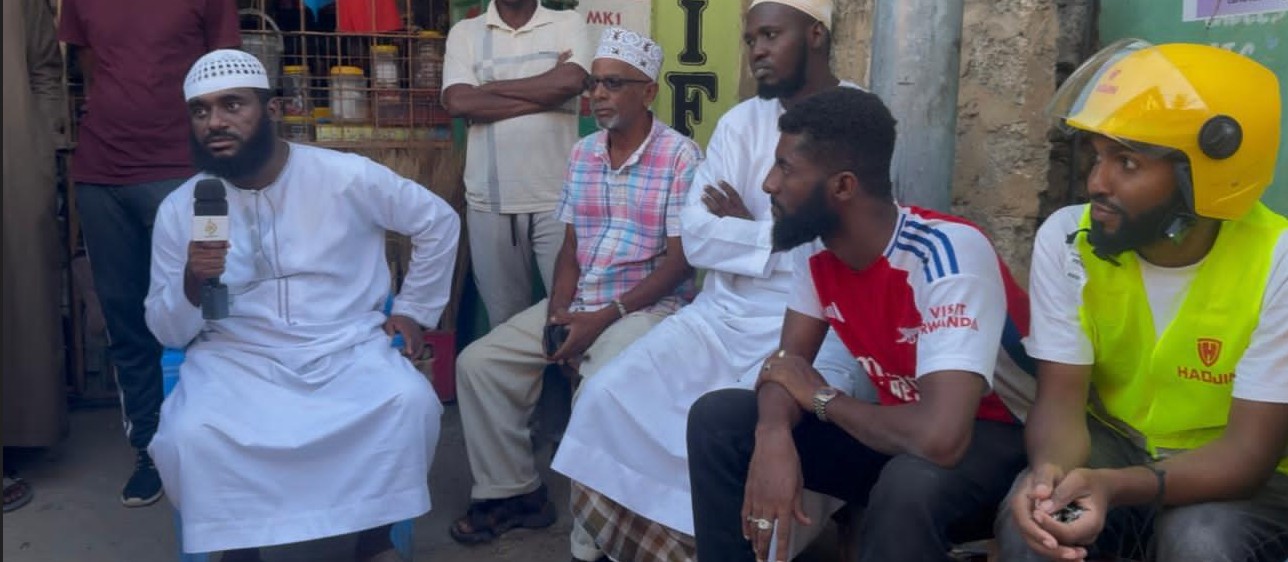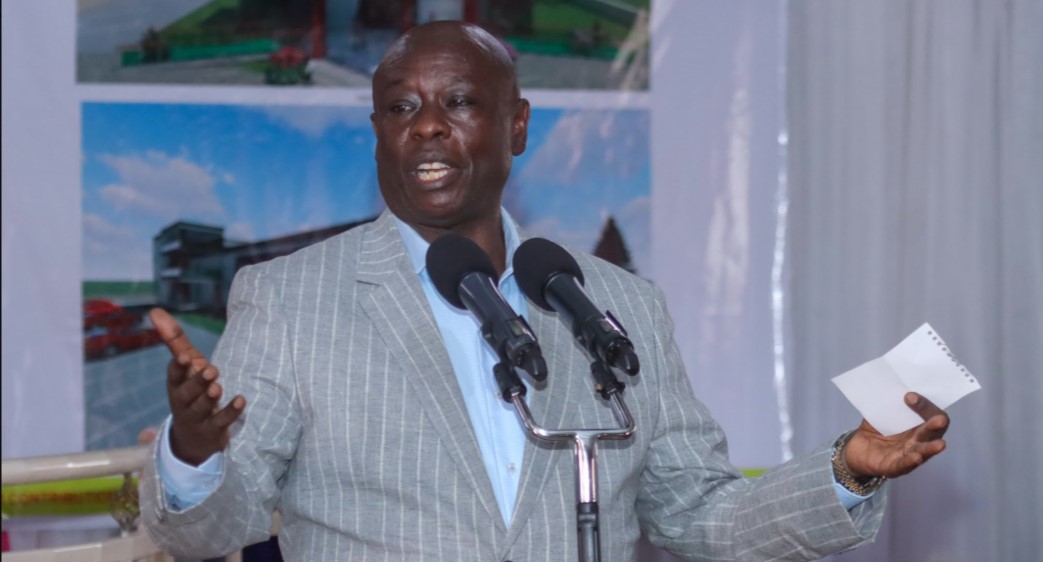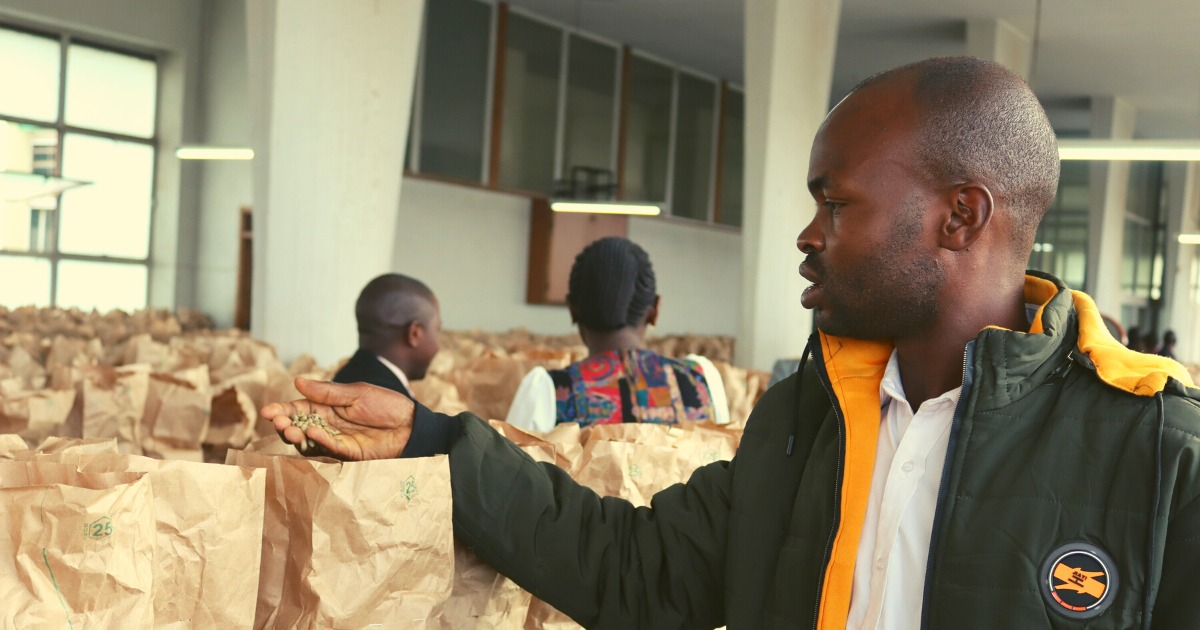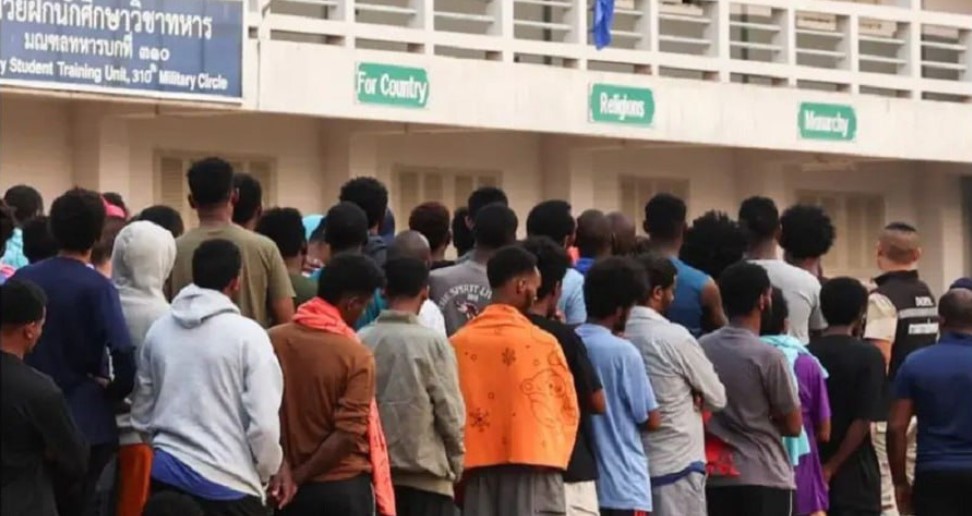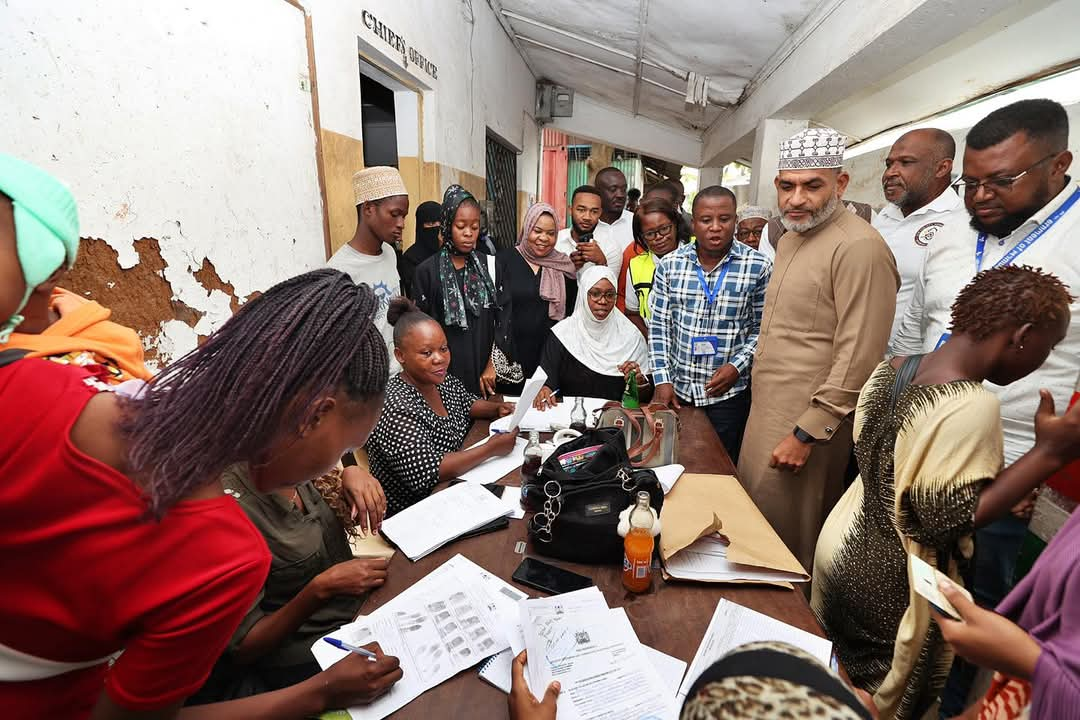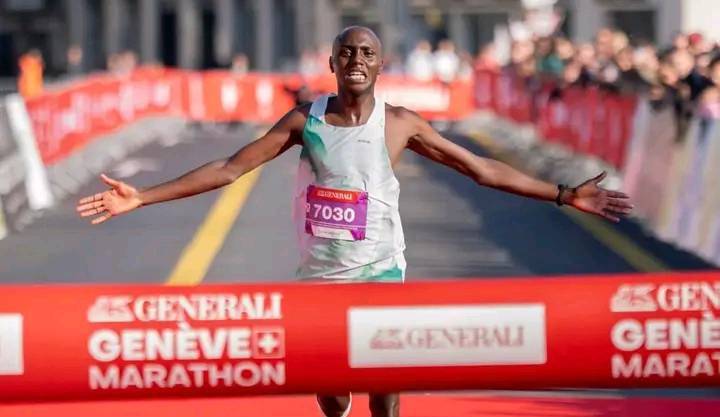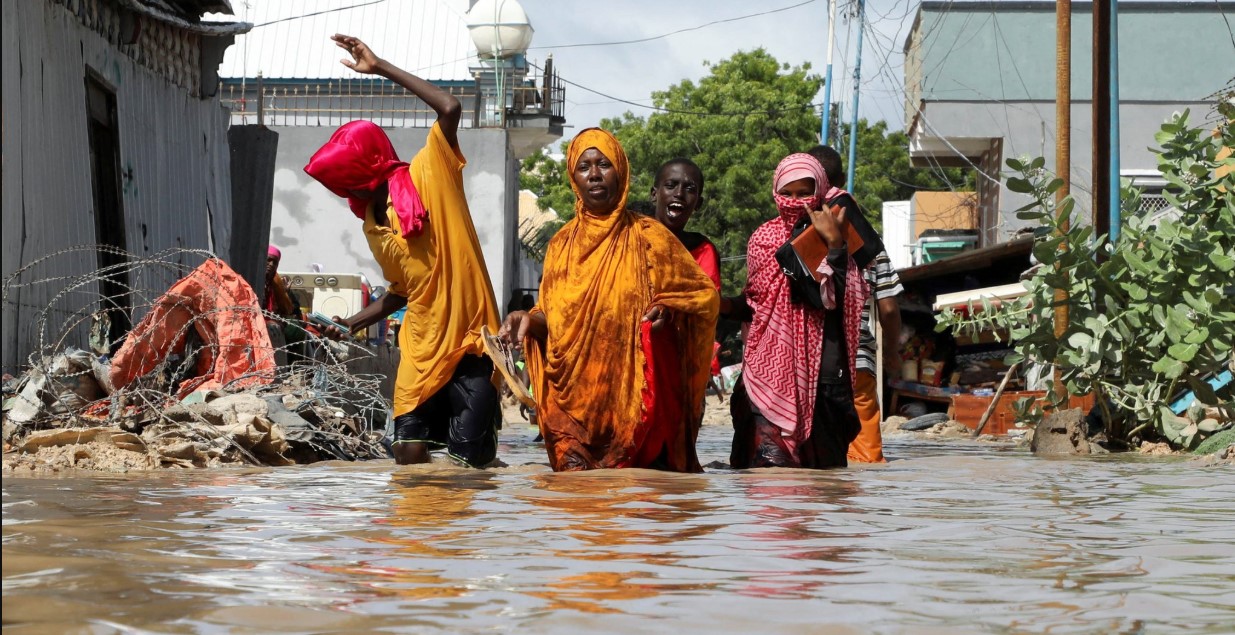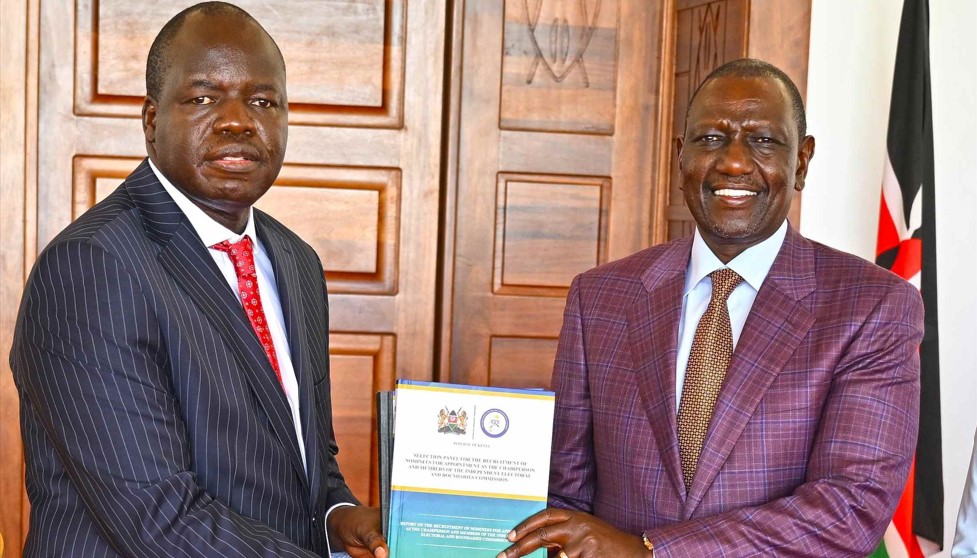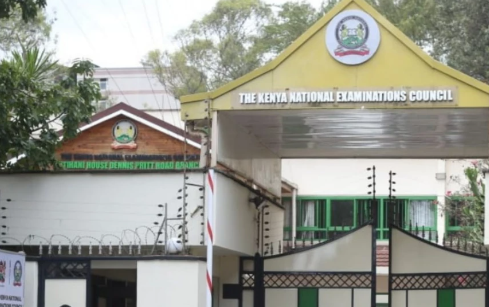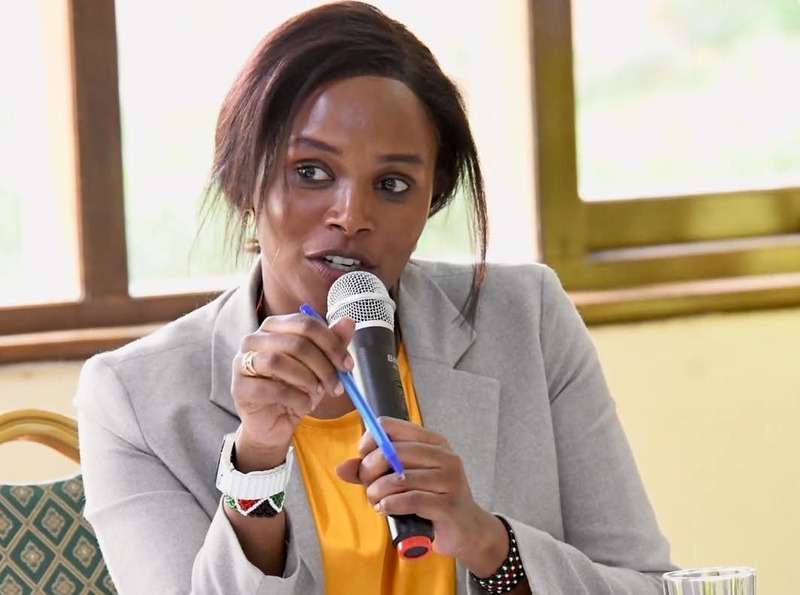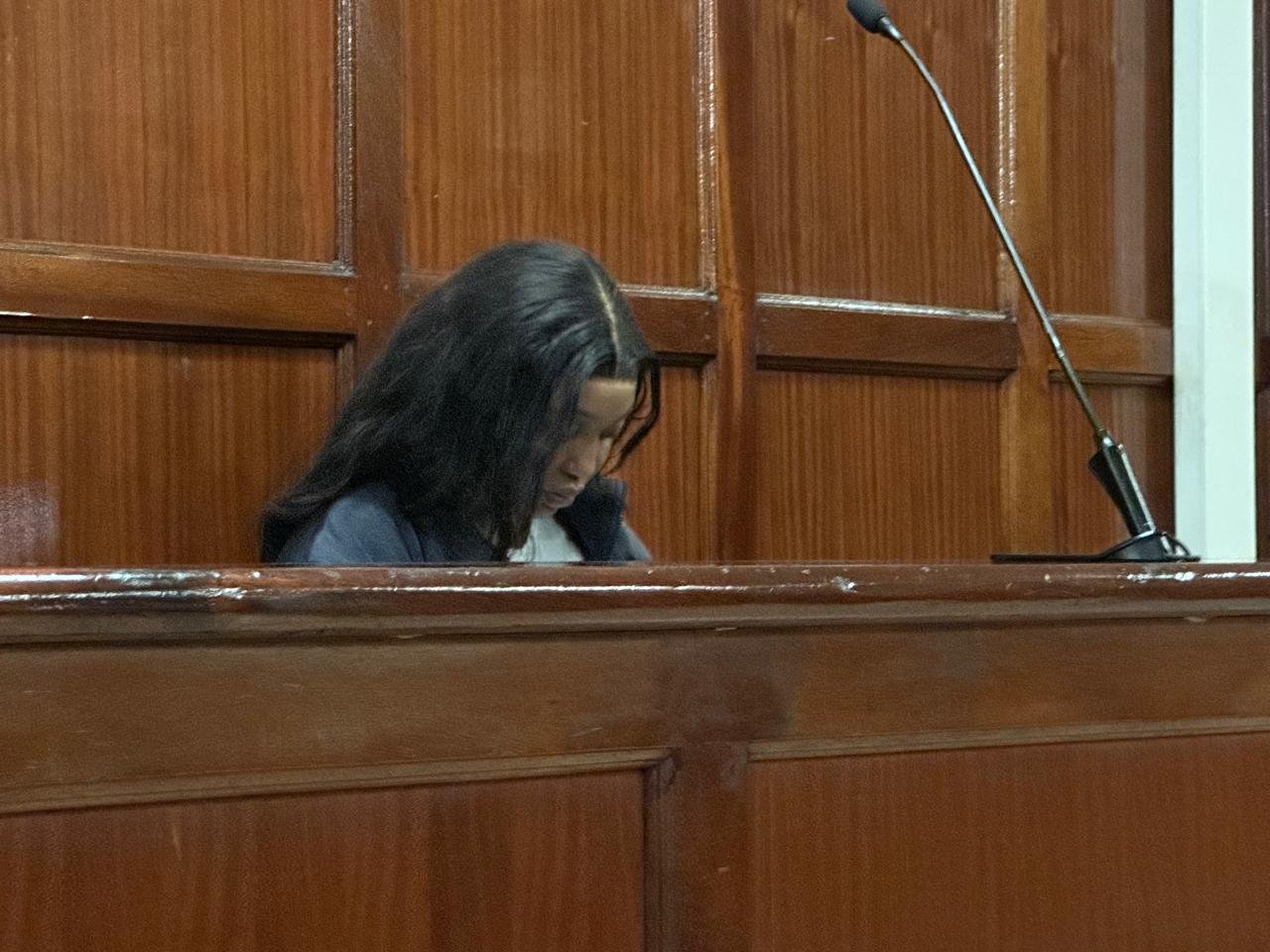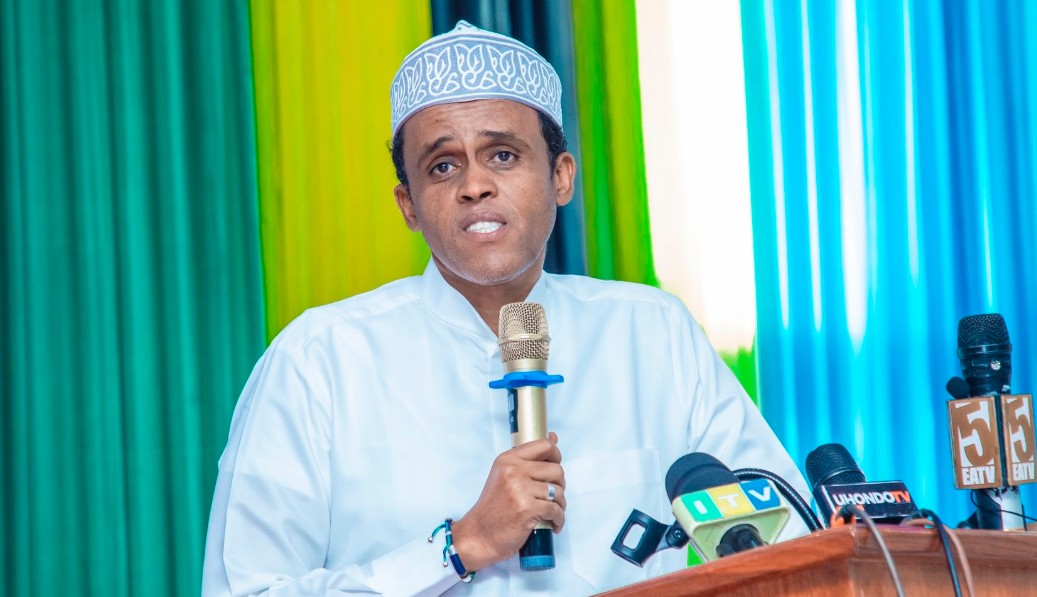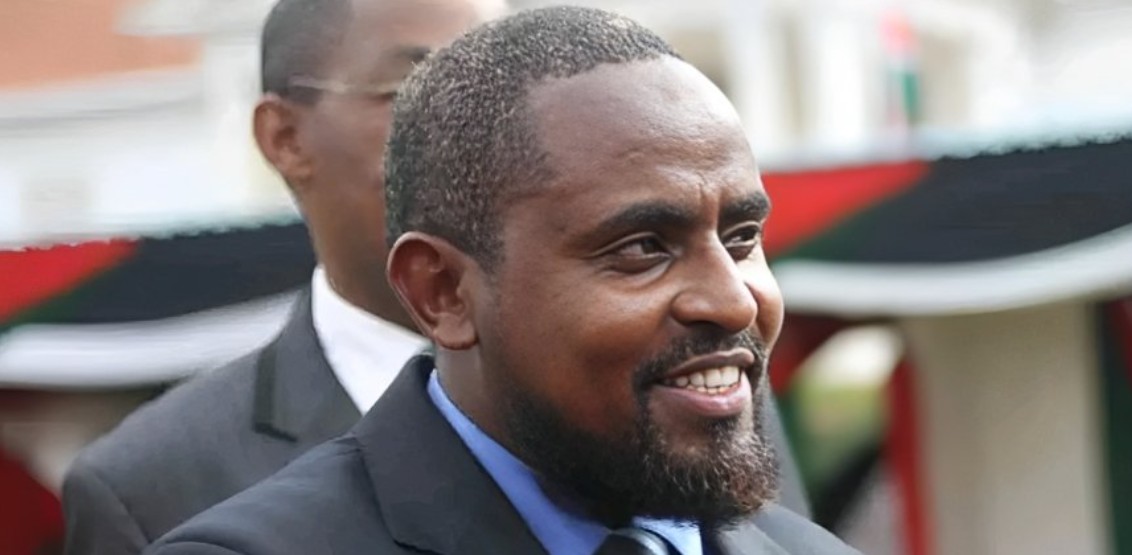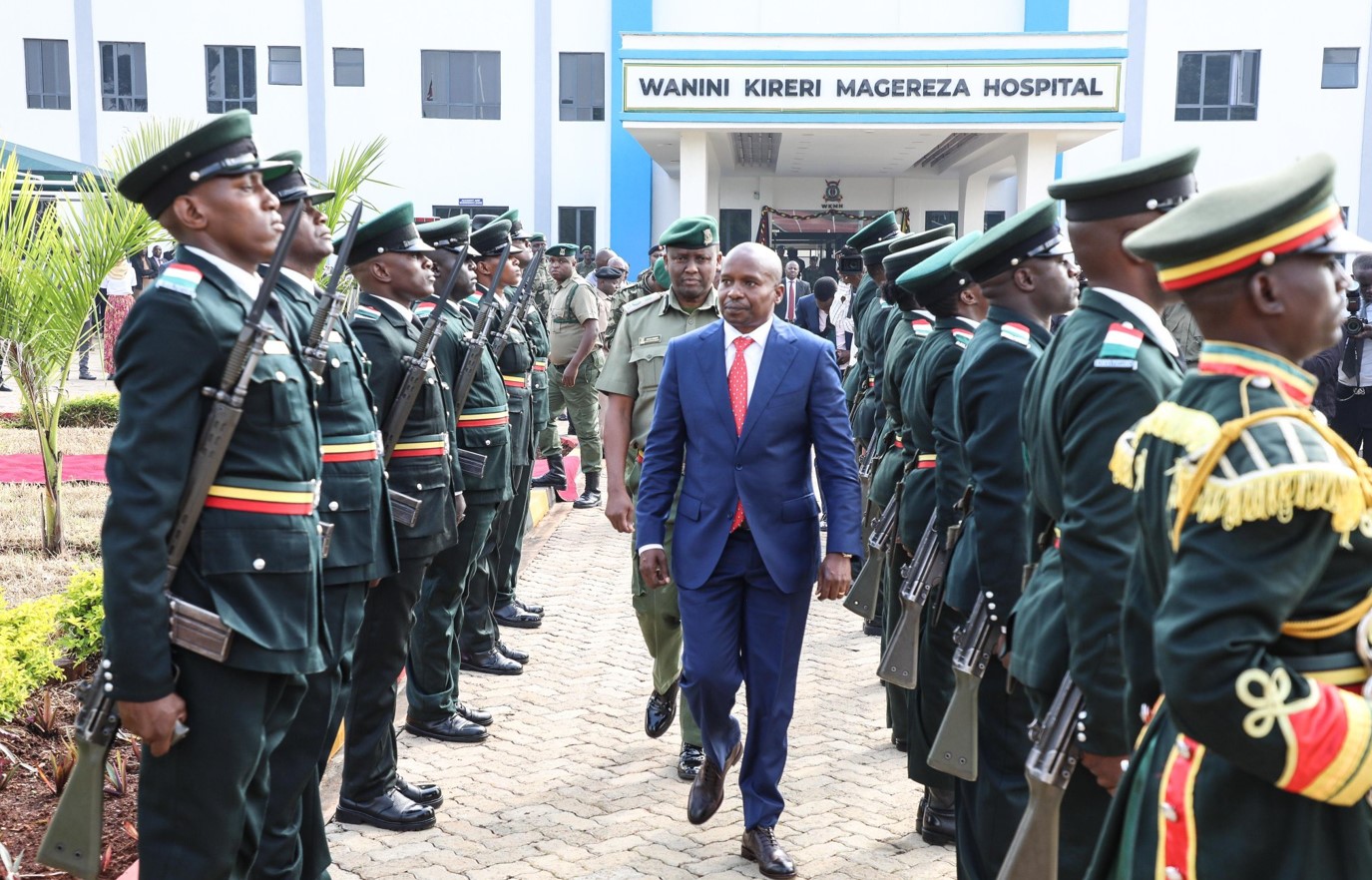Unveiling WHO's malaria blueprint: Kenya's progress and beyond
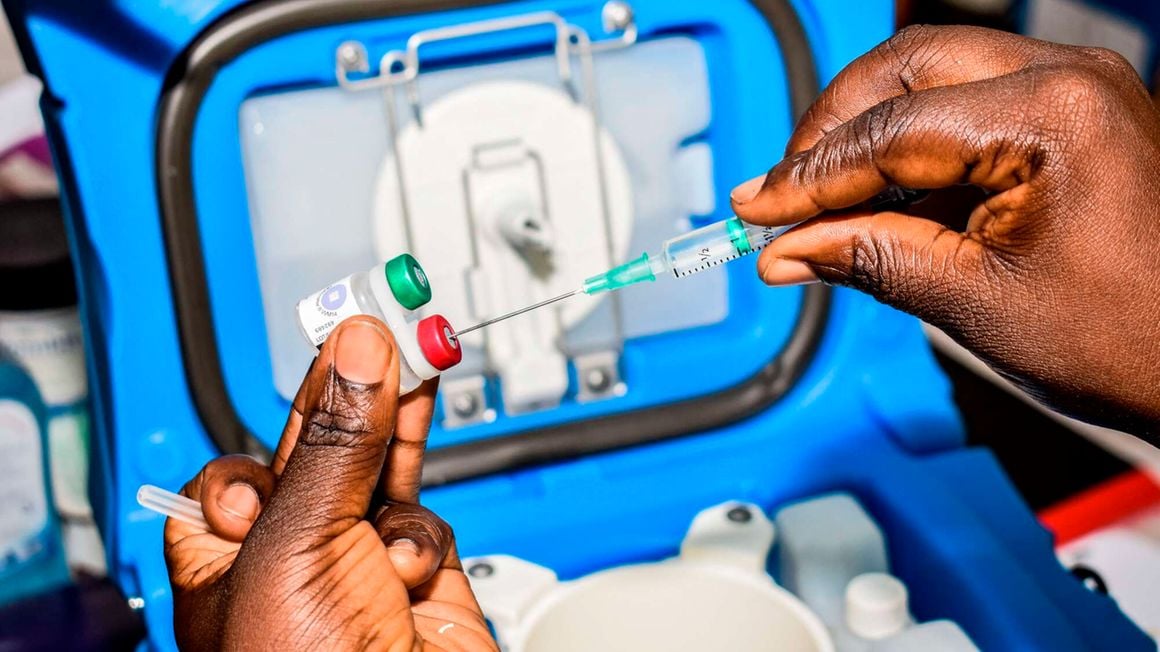
The State Department for Public Health launched the Kenya Malaria Elimination Implementation Plan (2021-2023), aiming to reduce the malaria burden and contribute to global elimination efforts by 2030.
The World Health Organisation (WHO) has outlined a comprehensive global malaria programme for 2024-2023, emphasising strategies aimed at achieving the highest possible level of health worldwide, with a focus on promoting health, ensuring safety, and serving vulnerable populations.
In Kenya, significant progress has been made in reducing malaria prevalence and new cases over the past decade. The State Department for Public Health and Professional Standards launched the Kenya Malaria Elimination Implementation Plan (2021-2023), aiming to reduce the malaria burden and contribute to global elimination efforts by 2030.
More To Read
- Explainer: What you need to know about World Malaria Day 2025
- Congo lab testing confirms deadly disease outbreak was malaria
- Kenya to expand malaria prevention in Turkana with digital monitoring
- Kenya to integrate HIV, TB, malaria treatment into mainstream healthcare
- SC Johnson opens Sh1.3 billion mosquito repellent production line in Nairobi
- Trump administration's funding cuts disrupt key malaria vaccine research
Additionally, Kenya, along with Ghana and Malawi, successfully approved and launched a malaria vaccine for scale-up, with plans to distribute millions of insecticidal nets in targeted counties.
Homa Bay County in Kenya has achieved remarkable progress in reducing malaria cases, attributed to the programme management guided by the Kenya Malaria Strategy 2021-23.
The county has implemented robust systems for malaria elimination, including extensive spraying of structures, vaccine rollouts, and distribution of insecticidal nets.
Despite challenges such as lower-than-targeted uptake of interventions and financing gaps, collaborative efforts between the Centers for Disease Control and Prevention (CDC), Kenya Medical Research Institute (KEMRI), and other partners continue to drive progress in the fight against malaria in Kenya.
Worrying numbers
Statistics reveal the magnitude of the malaria burden. Over 12,000 Kenyans still succumb to the disease annually, despite it being preventable and treatable.
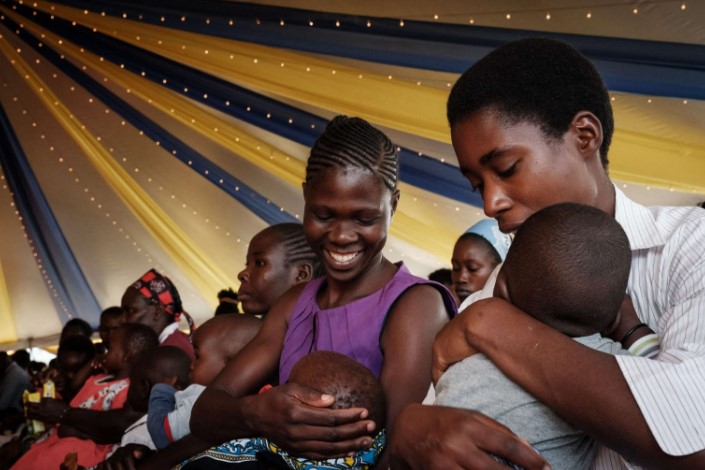 Mothers participate in the launch of the extension of the world's first malaria vaccine (RTS, S) pilot programme for children at risk of malaria illness and death at Kimogoi Dispensary in Gisambai, Vihiga County on March 7, 2023. (Photo: Yasuyoshi Chiba/AFP via Getty Images)
Mothers participate in the launch of the extension of the world's first malaria vaccine (RTS, S) pilot programme for children at risk of malaria illness and death at Kimogoi Dispensary in Gisambai, Vihiga County on March 7, 2023. (Photo: Yasuyoshi Chiba/AFP via Getty Images)
The latest Kenya Malaria Indicator Survey indicates that seven out of every 10 Kenyans are susceptible to malaria infection, encompassing approximately 13 million individuals in endemic regions and an additional 19 million in highland areas with seasonal transmission. These figures underscore the urgent need for sustained efforts in malaria control and elimination.
In Africa, malaria remains a significant public health challenge, with over 70 per cent of global malaria incidence and 73 per cent of global malaria mortality occurring in African countries.
In 2022 alone, approximately 166 million malaria cases and 423,000 malaria deaths occurred in the 12 African countries most affected by the disease, according to WHO. These statistics highlight the urgent need for concerted efforts and sustained investment in malaria control and elimination across the continent.
Central to this mission is the Fourteenth General Programme of Work (GPW 14), which addresses the social and environmental determinants of health, provides essential health services, and enhances preparedness for health hazards.
The Global Malaria Programme plays a crucial role in coordinating efforts to control and eliminate malaria worldwide, providing strategic advice and scientific input to support Member States in achieving malaria control and elimination targets.
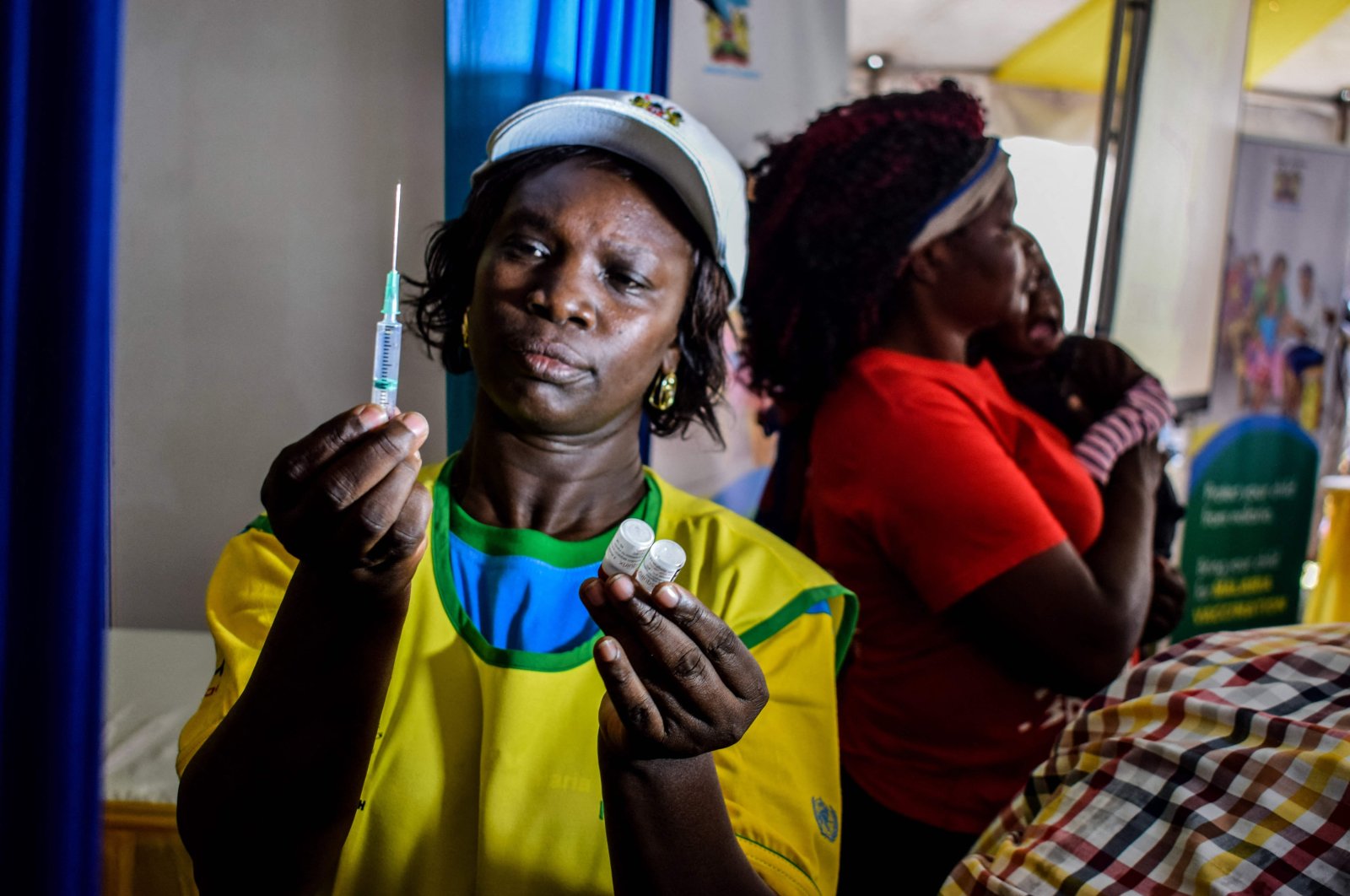 A health worker prepares a vaccine during the launch of the Malaria vaccine in Kenya's lakeside town of Ndhiwa, Homabay County on September 13, 2019. (Photo: AFP)
A health worker prepares a vaccine during the launch of the Malaria vaccine in Kenya's lakeside town of Ndhiwa, Homabay County on September 13, 2019. (Photo: AFP)
Key strategies include the development of standardised guidelines and tools, coordination of malaria-free certifications, response to biological threats, coordination of malaria and COVID-19 response, the introduction of malaria vaccines, implementation of the High Burden to High Impact (HBHI) approach, and guidance on malaria elimination frameworks.
WHO's pivotal strategies for malaria control and elimination include:
Consolidated Guidelines and Tools: WHO develops standardised guidelines and tools to ensure consistent and quality malaria control efforts across different settings.
Malaria-Free Certifications: The Global Malaria Programme coordinates the certification of countries as malaria-free by rigorously assessing malaria surveillance, vector control, and healthcare infrastructure achievements.
Response to Biological Threats: WHO prioritises addressing pressing biological threats to malaria control, such as drug resistance and new vector species, through research, surveillance, and collaboration.
Coordination of Malaria and COVID-19 Response: WHO plays a crucial role in coordinating efforts to address both malaria and COVID-19, leveraging existing health systems and infrastructure to minimize disruptions during the pandemic
Introduction of Malaria Vaccines: WHO recommends the use of malaria vaccines, such as RTS, S/AS01, and R21/Matrix-M, as part of comprehensive malaria control strategies, representing significant advancements in prevention.
High Burden to High Impact (HBHI) Approach: In high-burden countries, WHO and partners implement the HBHI approach to accelerate progress in malaria control through targeted interventions.
Framework for Malaria Elimination: WHO guides malaria-endemic countries on strategies and tools for achieving malaria elimination, focusing on strengthening surveillance, vector control, and healthcare systems.
Top Stories Today
